A red dot sight is a go-to option for fast, close-range aiming. But what if your target is hidden by darkness? This is where thermal imaging sights come in. These optics blend a familiar red dot for aiming with a sensor that detects heat, allowing you to see a target with no light at all. Knowing the difference between a standard red dot and a thermal sight is key to choosing the right tool for your needs.
The Red Dot Sight Explained
Red dot sights are popular because they are easy to use and practical, and they have a distinct advantage over traditional iron sights in most shooting conditions.

How It Works and Why It's Fast
Fundamentally, a red dot sight uses a simple LED to project an aiming dot onto a coated lens. When you look through the sight, you see the dot superimposed in your field of view. To aim, you just place the dot on your target. The largest reason it's so fast is that you can shoot with both eyes open. This keeps your peripheral vision and natural depth perception, so acquiring the target is more intuitive. And they're designed to be virtually parallax-free at typical engagement distance. That means, as long as the dot is on the target, you'll be on target even if your eye isn't exactly centered behind the sight.
Common Types: Tube, Reflex, and Enclosed
Red dot sights come in a few main configurations, each with its own pros and cons:
- Tube Sights: These have a cylindrical body, similar to the traditional scope. This also makes them very durable and provides excellent protection to the internal lens and emitter, thus they are very rugged.
- Reflex Sights: Also known as open-emitter sights, they have one exposed lens. The minimalist approach provides a broader, less obstructed view, which is what most shooters prefer for situational awareness. The drawback is that the LED emitter is open to the environment and can be hampered by rain, mud, or snow.
- Enclosed Sights: This newer design incorporates the best of both worlds. It uses a reflex-style system but encloses the emitter and lens in a complete housing. This provides the shooter with increased tube sight durability and the compactness and wide viewing of a reflex sight, and is becoming increasingly popular for handguns.
Key Strengths and Limitations
The red dot sight's greatest strengths are speed, simplicity, and battery life—many of these units can be left on for years without turning off. Its greatest weakness is also inherent: it will only assist you in aiming at something you can already see. A red dot will not assist you one whit in spotting a target in the dark, in a thick fog, or in front of a camo background. In other words, it's an aiming aid, not a detection aid.
The Thermal Imaging Red Dot Sight
Thermal-integrated sights were developed specifically to overcome the limitations of traditional optics that rely on visible light. They merge two technologies into a single device.
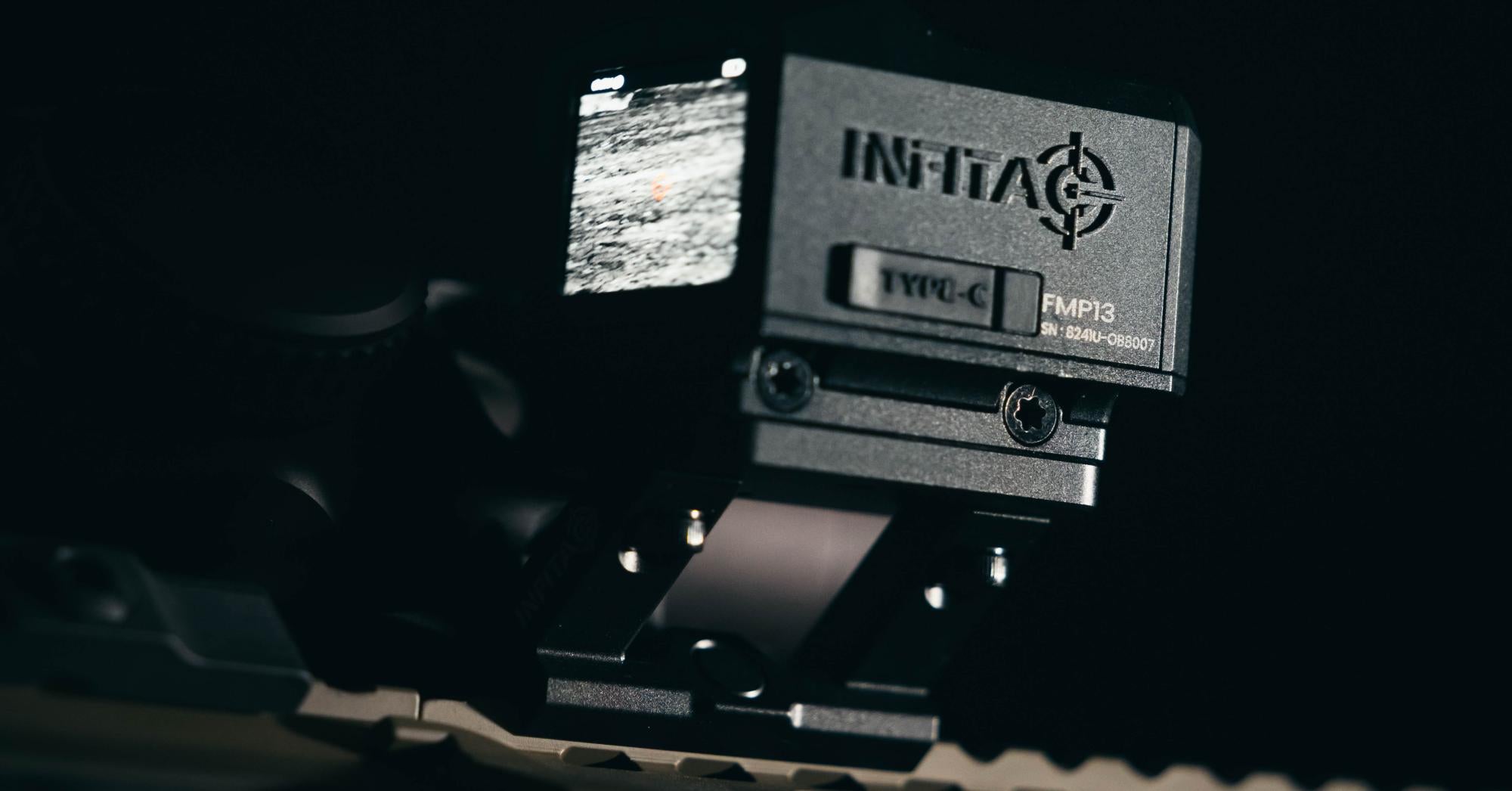
How It Works: Seeing Heat Signatures
A thermal sight works on two levels. It also has a red dot reticle for aiming precisely, the same as a regular sight. Meanwhile, it also has a sophisticated sensor (a microbolometer) that picks up infrared energy, or heat, from objects within its field of view. The internal processor of the sight converts this thermal information into a visual image and projects it onto a small screen within the optic.
This enables you to view the animal or person's heat signature as a clear, usually glowing outline, independent of light. The target obscured by darkness or smoke is immediately apparent, with a point of aim already placed upon it.
Primary Applications and Scenarios
The use cases for a thermal sight are specialized but powerful, offering a distinct advantage in specific scenarios:
- Night Hunting: For nocturnal hunting of predators like coyotes or invasive species like hogs, thermal optics are a game-changer. They allow hunters to spot and identify targets in complete darkness from a safe distance, without using spotlights that could spook them.
- Livestock & Property Protection: Ranchers and landowners can use thermal sights to monitor large properties at night. This allows for the early detection of predators threatening livestock or trespassers on their land, providing crucial time to react.
- Search and Rescue (SAR): In SAR operations, time is of the essence. Thermal sights enable teams to scan vast, dark areas like forests or disaster sites much more quickly than with the naked eye. The heat signature of a lost person can stand out clearly, dramatically speeding up the search and increasing the chances of a successful rescue.
Thermal Imaging Red Dot Sight vs. Red Dot Sight: Head-to-Head Comparison
Now that we've covered the basics of each optic, let's compare them directly across several key factors. This will help clarify which tool is right for your specific needs.
Target Detection
- Red Dot Sight: It helps you aim precisely, but only at targets you can already see with your own eyes.
- Thermal Sight: Detects heat instead of light. This allows it to reveal targets in complete darkness, fog, or smoke, offering a detection capability that is simply impossible with a standard red dot.
Speed, Size, and Weight
- Red Dot Sight: Is typically small, lightweight, and offers faster aiming in good lighting. Its simple dot and unobstructed view are optimized for quick, reactive shooting.
- Thermal Sight: Is significantly larger and heavier due to its complex sensors, screen, and processor. Aiming through its digital display can feel slightly less immediate than a true 1x red dot.
Cost and Battery Life
- Red Dot Sight: It is relatively affordable, with quality models available for a few hundred dollars. Its battery life is exceptional, often lasting for years on a single small battery.
- Thermal Sight: Is a major financial investment, typically costing several thousand dollars. Its advanced electronics are power-hungry, resulting in a much shorter battery life of 4-8 hours.
Typical User Profiles
- The Generalist (Red Dot User): This optic is perfect for the everyday user. This includes recreational shooters, competitors, and those looking for a simple, reliable aiming solution for home defense in conditions where a light can be used.
- The Specialist (Thermal User): This optic is for users with specific, low-light needs. This includes dedicated night hunters, ranchers protecting livestock, and search and rescue teams who must be able to see and identify targets when there is low light.
Thermal Pistol Sights Fast Mini FMP13
Select the Right Optic for Your Needs!
The choice between these optics is simple. A red dot sight is the uncomplicated, durable, and inexpensive answer for quickly pointing at targets you can already see in regular circumstances. However, if your issue is to first spot a target in complete darkness, fog, or smoke, then the thermal sight's high-powered feature is the investment you require. Both optics are optimized for their task: one for aiming, the other for detection.
FAQs About Thermal Imaging Red Dot Sight and Red Dot Sight
Q1:Can I use a thermal sight during the day?
A: Yes. Since thermal sights detect heat instead of visible light, they work in any lighting condition, day or night. During the day, they can still be very useful for spotting targets that are camouflaged or partially hidden by foliage. The heat signature of an animal will often stand out clearly against the cooler background, making it easier to see than with the naked eye.
Q2: Why not just use a flashlight with my red dot instead of buying a thermal sight?
A: A flashlight is an active tool that illuminates a target but also instantly reveals your own position and can spook animals. A thermal sight is passive—it simply detects existing heat without giving you away. It allows you to scan a wide area and see heat signatures through darkness, light fog, or smoke, which a flashlight beam cannot penetrate effectively.
Q3: Is a thermal sight really worth the high cost?
A: This completely depends on your needs. For most daytime or recreational shooting, a red dot is the more logical and cost-effective choice. However, if your specific job, like night hunting or protecting livestock, depends on your ability to find targets in complete darkness, then the unique detection advantage a thermal sight provides can be a necessary and worthwhile investment.
Q4: For a red dot, what's the practical difference between an open (reflex) and enclosed sight?
A: The main difference is durability in bad weather. An open reflex sight gives you a slightly wider field of view, but the electronic part that projects the dot (the emitter) is exposed to the elements. Rain, mud, or snow can block it and cause the dot to disappear. An enclosed sight seals the emitter inside a housing, protecting it from the elements and making it far more reliable in harsh conditions.
Q5: How well does a thermal sight work in heavy fog or rain?
A: While thermal sights can see through light fog, smoke, and mist much better than your eye can, their performance can be limited by very dense conditions. Heavy, thick fog and pouring rain are made of water particles that can block the heat signatures from reaching the sensor. It will still perform better than a standard optic, but its effective range and image clarity may be reduced.

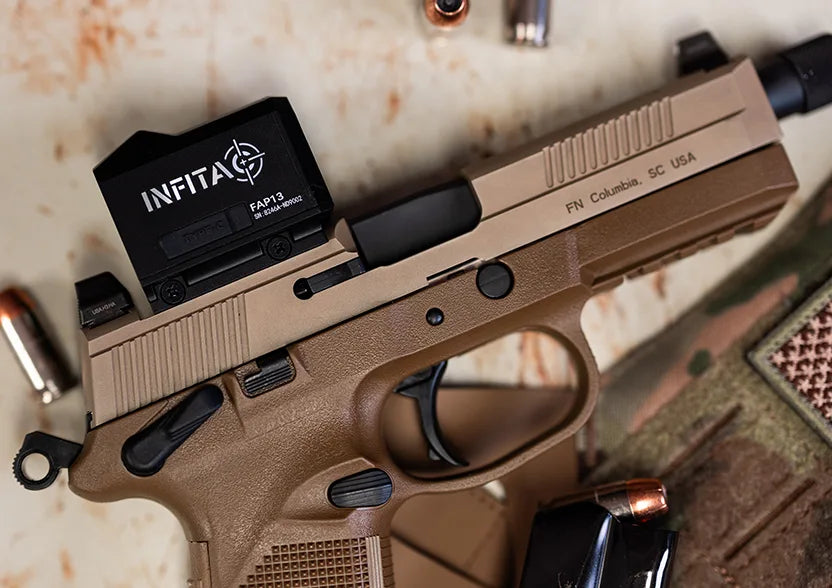

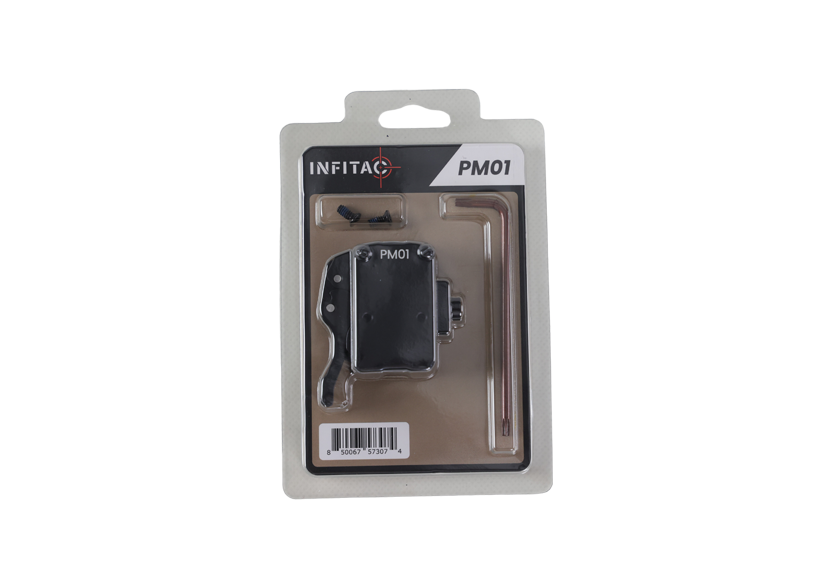
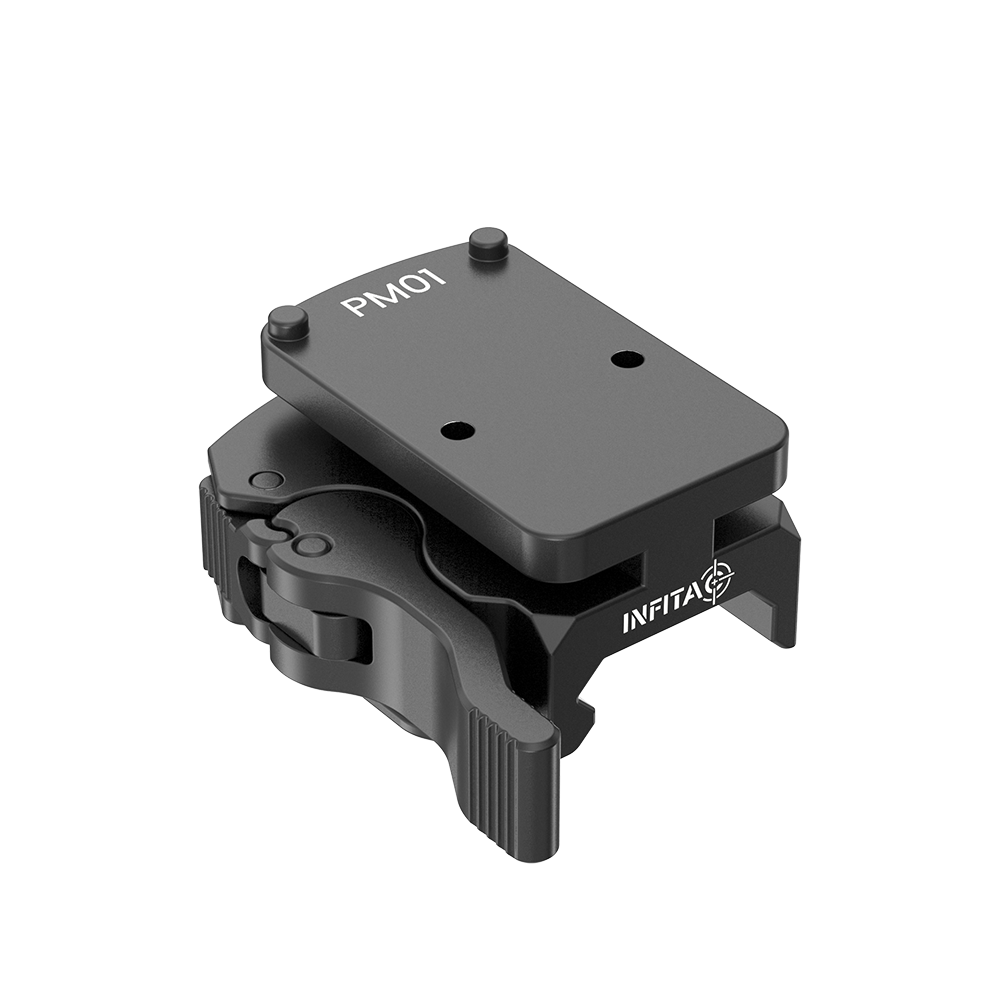
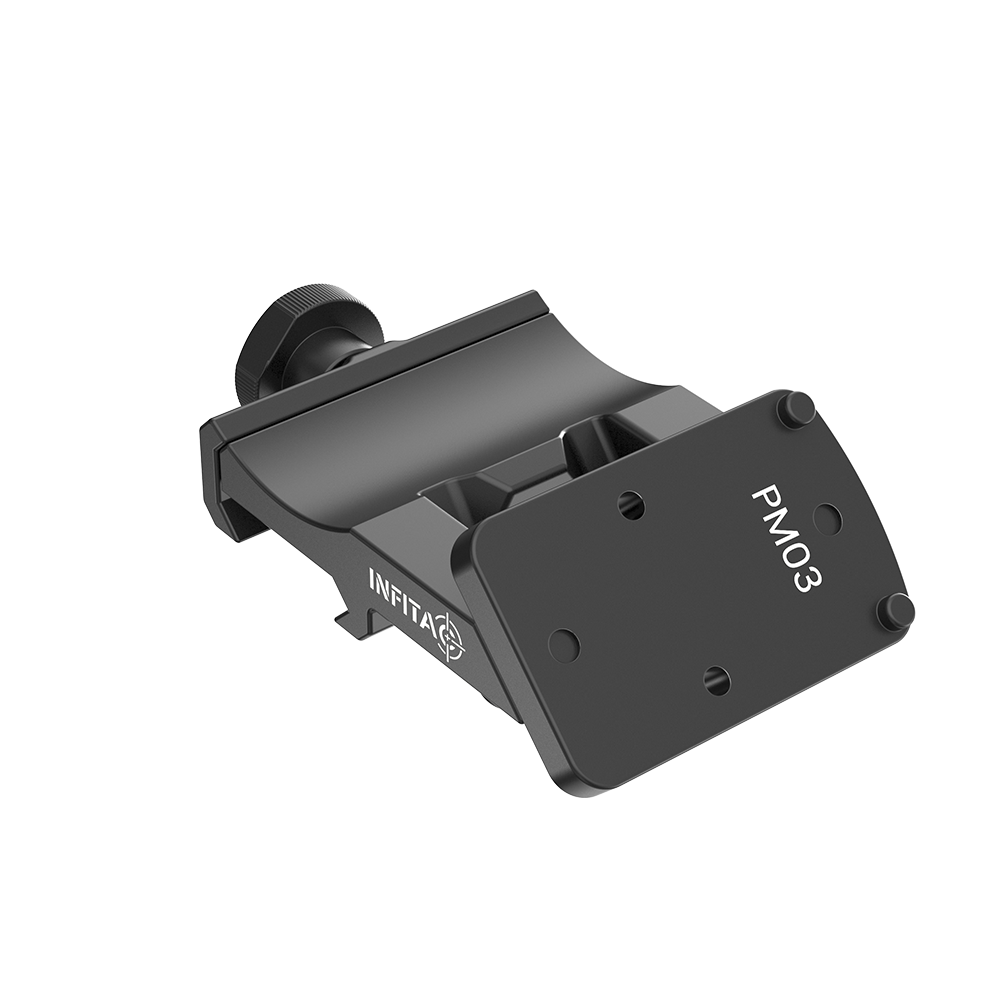
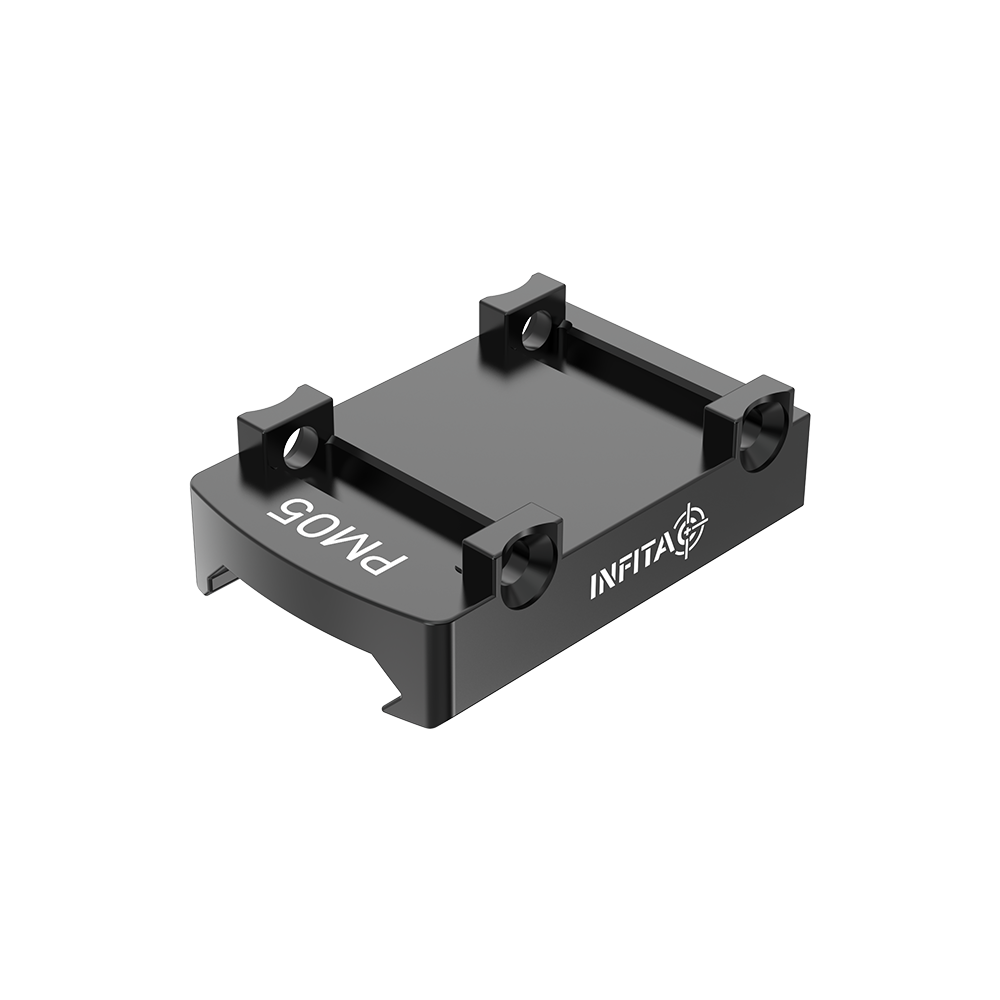

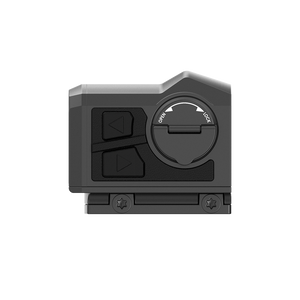
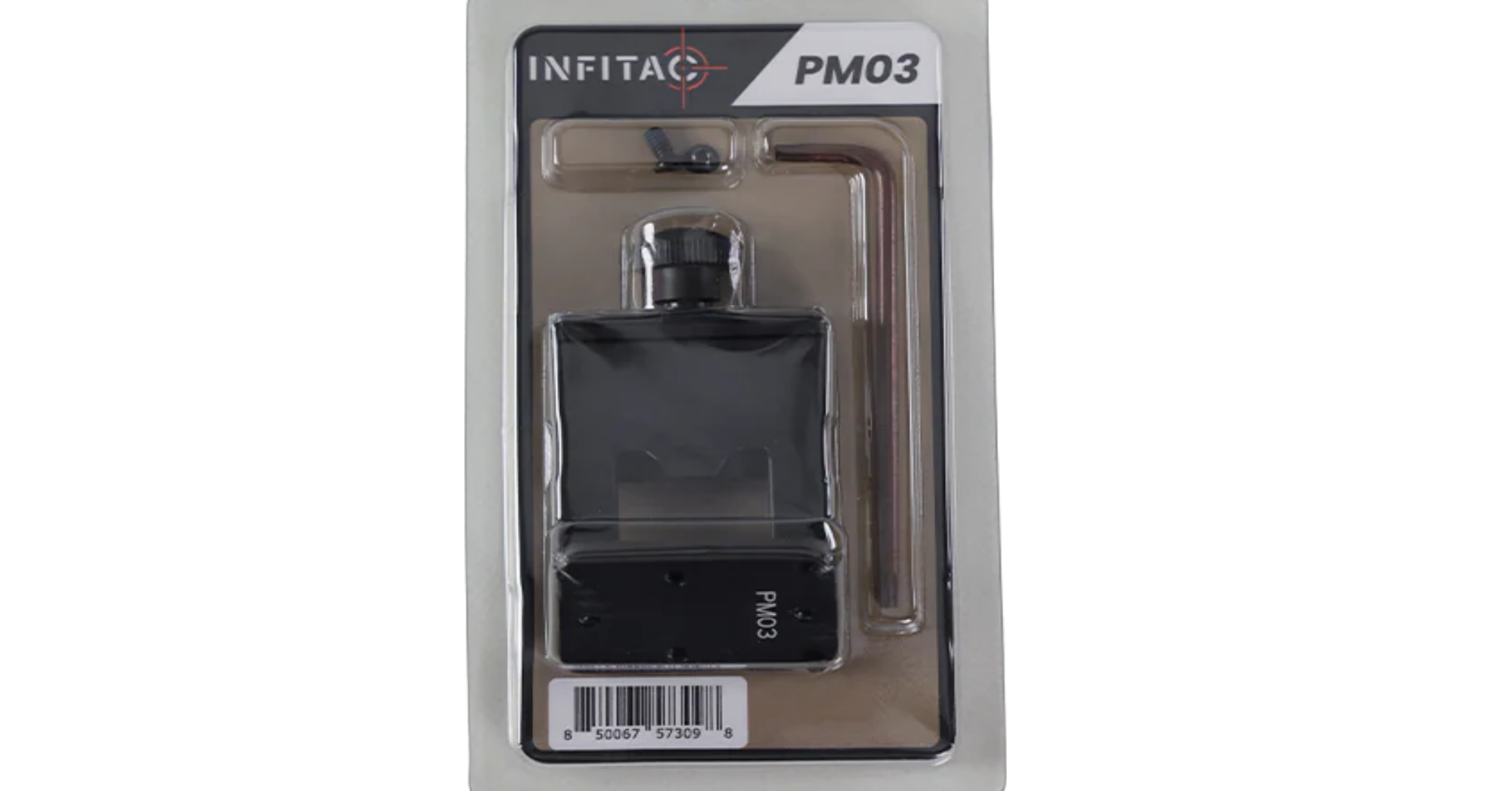

Leave a comment
This site is protected by hCaptcha and the hCaptcha Privacy Policy and Terms of Service apply.